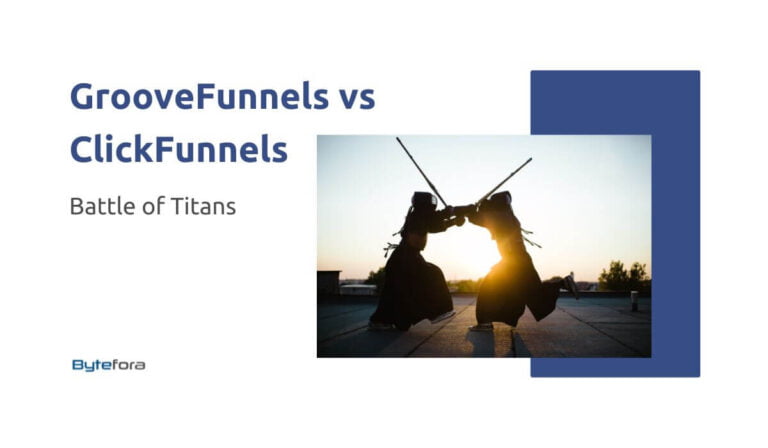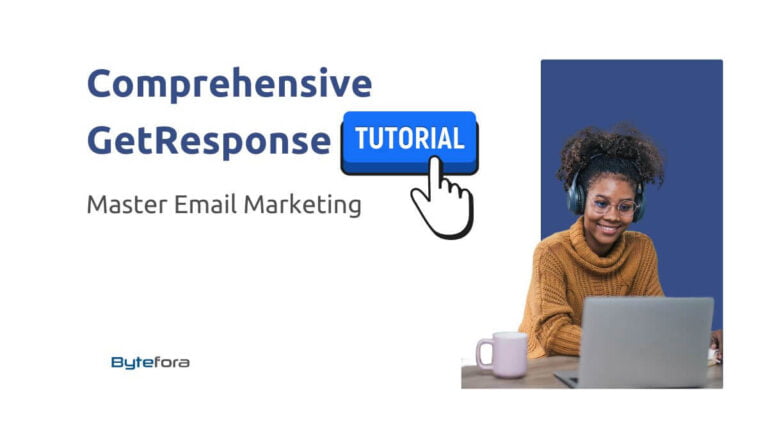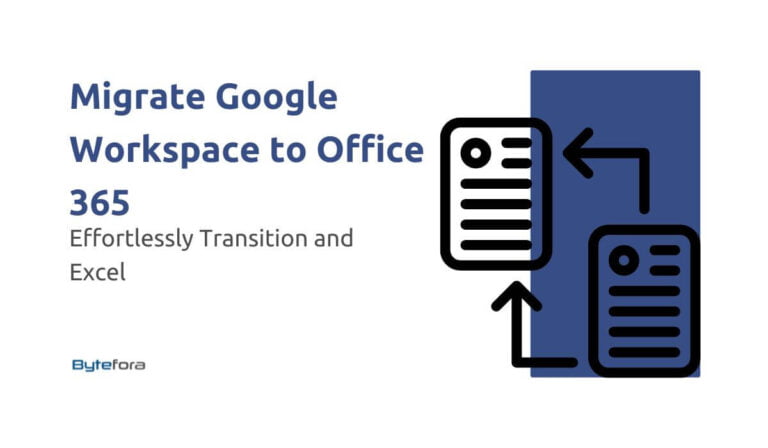
Project management software has become indispensable for nonprofit organizations striving to maximize efficiency and impact in their mission-driven endeavors. In a landscape where resources are limited, and goals are ambitious, the ability to streamline workflows, enhance collaboration, and optimize resource allocation is paramount. However, with numerous options available, selecting the best project management software for nonprofits tailored to the unique needs of these organizations is crucial. This article aims to explore the landscape of project management software through the lens of nonprofits, providing insights into critical considerations, comparative analyses of top contenders like Trello, Asana, and Monday.com, implementation best practices, overcoming challenges, and future trends.
Table of Contents
Understanding the Landscape of Project Management Software
Project management software is a digital toolkit for organizations to plan, execute, and monitor projects effectively. Its significance lies in its ability to centralize project-related information, facilitate communication among team members, track progress, and ensure deadlines are met. As nonprofits increasingly adopt technology to amplify their impact, project management software becomes a cornerstone in their operational infrastructure.
Transitioning into the world of project management software, nonprofits are met with diverse options, each offering its own set of features and functionalities. From simple task management tools to comprehensive project planning platforms, the spectrum of software caters to varying organizational needs and preferences.
Critical Considerations for Nonprofits in Selecting Project Management Software
Amidst the many choices, nonprofits must navigate several vital considerations to make informed decisions about the most suitable project management software.
Transitioning from traditional project management methods to software-based solutions requires careful deliberation and planning. Nonprofits must balance affordability and functionality, ensuring the chosen software aligns with their budgetary constraints while offering essential features to support project management workflows.
Moreover, scalability and adaptability emerge as crucial factors, particularly for nonprofits experiencing growth or diversification in their projects. The selected software should be flexible to accommodate evolving needs and scale alongside organizational expansion.
Integration capabilities represent another pivotal aspect, as nonprofits often rely on a suite of tools and software for various operational functions. Seamless integration with existing systems enhances workflow efficiency and minimizes disruptions in project management processes.
Top Project Management Software for Nonprofits
Trello: Empowering Nonprofits with Visual Task Management
Trello, renowned for its intuitive visual interface, revolutionizes nonprofit task management. Trello provides a visual overview of tasks, deadlines, and progress by organizing projects into customizable boards, lists, and cards. Team members can collaborate seamlessly, assign tasks, and track project milestones in real time. Nonprofits laud Trello for its simplicity and versatility in managing projects of all sizes.
On the other hand, Asana offers a comprehensive suite of project management tools tailored to the needs of nonprofits.
Asana: Streamlining Operations and Project Tracking
Asana emerges as a powerhouse for nonprofits seeking to streamline operations and track project progress efficiently. Asana empowers teams to efficiently manage complex projects with features such as task dependencies, timeline visualization, and automated workflows. Nonprofits leverage Asana’s reporting capabilities to gain insights into project performance and make data-driven decisions. As a result, Asana has become an indispensable tool for nonprofits striving for operational excellence.
Meanwhile, Monday.com stands out for its customizable workflows and automation features.
Monday.com: Enhancing Team Collaboration and Workflow Automation
Monday.com elevates team collaboration and workflow automation for nonprofits, offering customizable project templates, automation recipes, and integration options. Nonprofits benefit from Monday.com’s intuitive interface, which allows for easy customization of workflows to suit specific project requirements. With features like timeline views, progress tracking, and communication tools, Monday.com facilitates seamless collaboration and enhances productivity across nonprofit teams.
Best Practices for Implementing Project Management Software
While selecting the right project management software is crucial, successful implementation requires adherence to best practices tailored to the unique needs of nonprofits.
Needs Assessment and Goal Setting
Before implementing project management software, nonprofits must conduct a comprehensive needs assessment to identify organizational requirements and objectives. By setting clear goals for software adoption, nonprofits can align technology investments with strategic priorities and maximize the software’s impact on project outcomes.
User training and ongoing support are pivotal in ensuring successful software adoption within nonprofits.
User Training and Support
Practical user training is essential to equip nonprofit staff with the knowledge and skills to leverage project management software effectively. Nonprofits should invest in comprehensive training programs tailored to user roles and proficiency levels. Additionally, establishing robust support mechanisms, such as help desks and user forums, enables staff to seek assistance and troubleshoot issues promptly.
Monitoring and evaluation mechanisms provide nonprofits valuable insights into software utilization and performance.
Monitoring and Evaluation
Implementing metrics to monitor software adoption, project progress, and outcomes allows nonprofits to continually evaluate project management software’s effectiveness. By tracking key performance indicators (KPIs) such as task completion rates, project timelines, and user satisfaction scores, nonprofits can identify areas for improvement and optimize processes to maximize efficiency and impact.
Overcoming Common Challenges
Despite the benefits of project management software, nonprofits may need help with the adoption process.
Addressing user resistance to change, technical limitations and cultural barriers requires proactive strategies and effective communication. Nonprofits can foster buy-in from staff and stakeholders by emphasizing the benefits of software adoption, providing ongoing training and support, and soliciting feedback to address concerns promptly.
Future Trends in Project Management Software for Nonprofits
Emerging technologies and innovations are poised to shape the future of project management software for nonprofits.
As artificial intelligence (AI), machine learning, and automation evolve, project management software will likely integrate advanced features to enhance predictive analytics, automate repetitive tasks, and optimize resource allocation. Additionally, the rise of cloud-based solutions and mobile applications will enable nonprofits to access project management tools anytime, anywhere, fostering greater flexibility and collaboration.
Conclusion: Maximizing Impact Through Efficient Project Management
As nonprofits navigate the complexities of project management in pursuit of their missions, selecting the best project management software for nonprofits becomes paramount. Through this exploration, we’ve delved into key considerations, comparative analyses of top contenders like Trello, Asana, and Monday.com, implementation best practices, overcoming challenges, and future trends.
By embracing best practices, overcoming adoption challenges, and staying abreast of future trends, nonprofits can harness the power of project management software to maximize efficiency, collaboration, and impact. To delve deeper into the comparison between Trello, Asana, and Monday.com, please refer to the detailed analysis provided here.
FAQs
What factors should nonprofits consider when selecting project management software?
When selecting project management software, nonprofits should consider affordability, scalability, integration capabilities, and alignment with organizational goals.
How can nonprofits overcome resistance to change during software adoption?
Nonprofits can overcome resistance to change by emphasizing the benefits of software adoption, providing comprehensive user training and support, and soliciting feedback from staff and stakeholders.
What are some future trends in project management software for nonprofits?
Future trends in project management software for nonprofits include the integration of AI, machine learning, and automation technologies, as well as the proliferation of cloud-based solutions and mobile applications for enhanced flexibility and collaboration.






